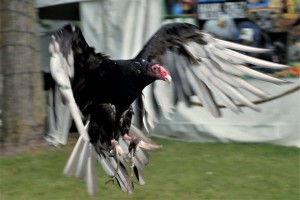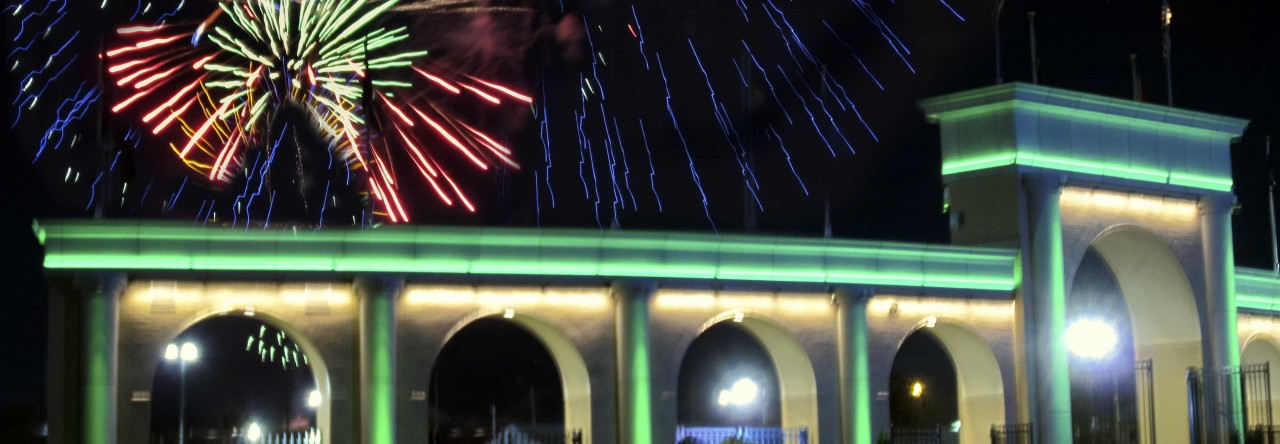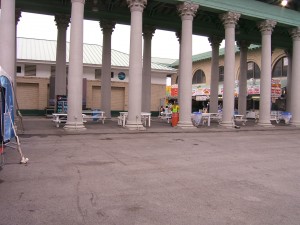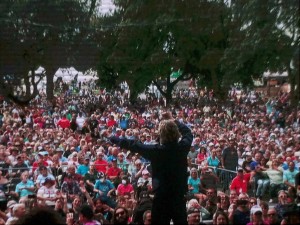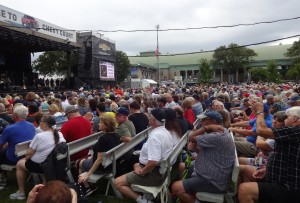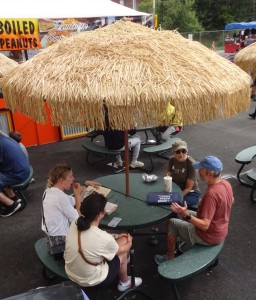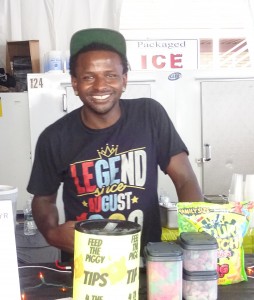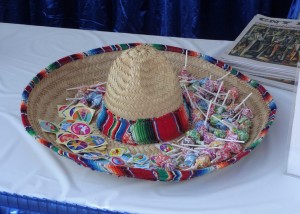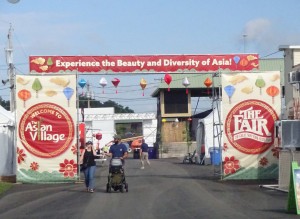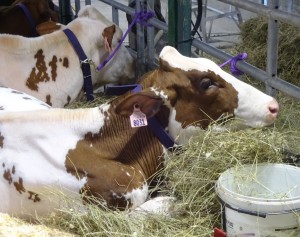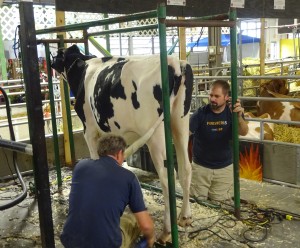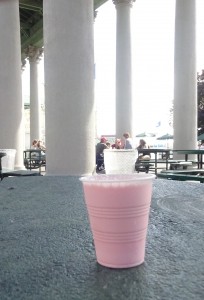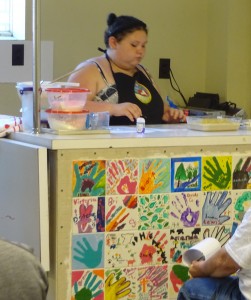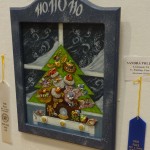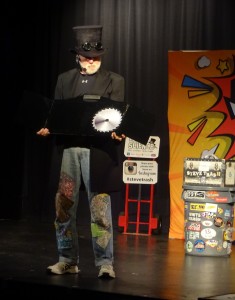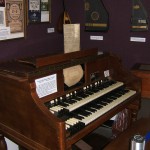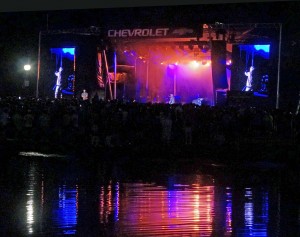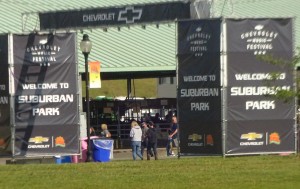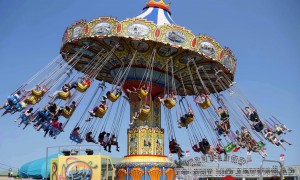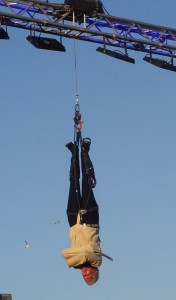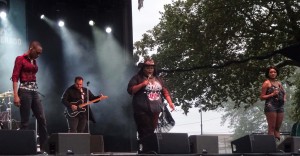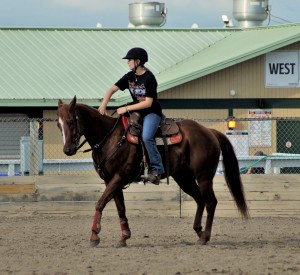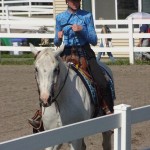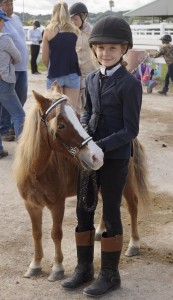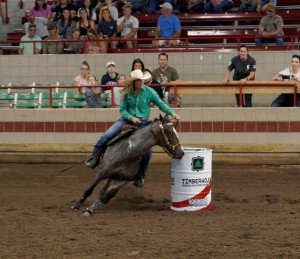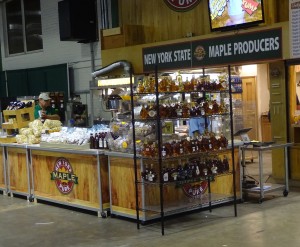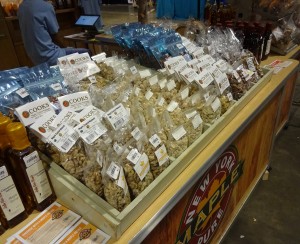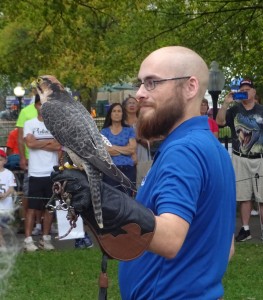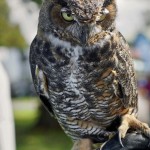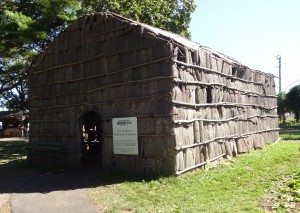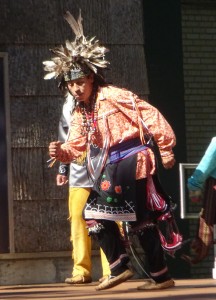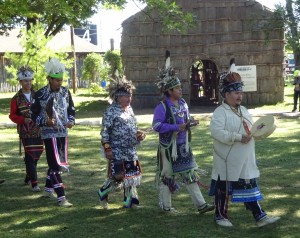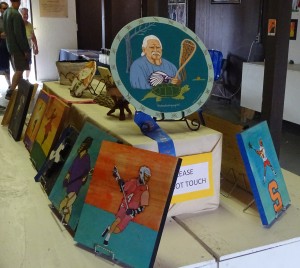Beyond the excitement of the midway, the popularity of the building exhibits, the many great food options and the entertainment spectacles, leisurely strolls through barns full of farm animals lie at the heart of the the New York State Fair. And there are many types to see.
Goats are always a favorite of of animal lovers as they’re often friendly and within reach as they stretch to peek above their stall fencing. 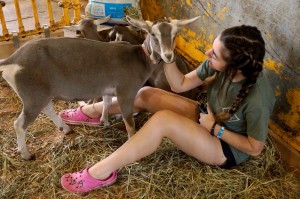 The goat pavilion, just outside the main barn on Iroquois Street, hosts shows and judging and will frequently exhibit baby goats, under three months old.
The goat pavilion, just outside the main barn on Iroquois Street, hosts shows and judging and will frequently exhibit baby goats, under three months old.
Inside, photographers will find the back end of the barn, nearest the Expo Center, better for shooting with brighter lighting, less intrusive enclosures and multi-goat areas offering good opportunities for getting nice pictures.
The goat milking parlor, close to the western entrance is often active with young handlers hooking up the animals to milking machinery.
After four years without a permanent home on the Fairgrounds, sheep owners have to hold out for another year or two before getting a new barn in which to display their animals. You may recall that the covered-but-not-enclosed stalls that had stood for decades near restaurant row were demolished prior to the 2019 Fair after having been damaged by a storm. 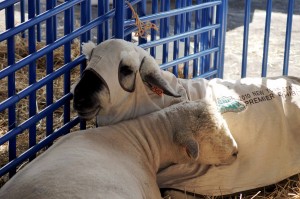 Plans for a replacement were announced for next year, but now The Hound has been told they may take until 2025.
Plans for a replacement were announced for next year, but now The Hound has been told they may take until 2025.
Sheep are being housed in a tent at the western end of the grounds. Short-sided enclosures make them accessible to cautious petting and they are reputed to be gentle and friendly. The accommodations in their west-end tent may be different from their now-demolished barn, but there’s a common area used for judging in various categories and they usually supply bleachers for spectators, so stop by.
The nearby Wool Center will likewise hold on for another season or two before becoming part of the new sheep and wool center when it opens. Volunteers staff the center, educating the public about wool products and promoting their uses.
While rows of beautifully-attired animals in the sheep tent represent a New York state farm industry, 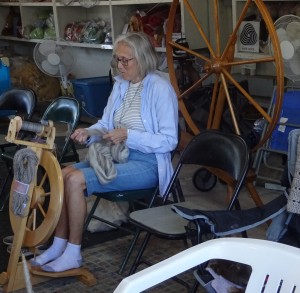 the little shack at the end of Restaurant Row demonstrates the next steps of the wool industry. There you can witness the just-sheared raw material being processed and spun into wool fabric, ready to be knitted and crocheted into sweaters, hats or blankets and talk to the pros doing the handiwork.
the little shack at the end of Restaurant Row demonstrates the next steps of the wool industry. There you can witness the just-sheared raw material being processed and spun into wool fabric, ready to be knitted and crocheted into sweaters, hats or blankets and talk to the pros doing the handiwork.
Just as you can drink the milk produced in the dairy cattle barn and have an omelet at a stand near the poultry barn, feeling the soft, warm wool on exhibit completes another agricultural circle, all within the Empire State.
A cacophony of clucks, crows, quacks and squawks make the poultry barn the noisiest building at the New York State Fair. 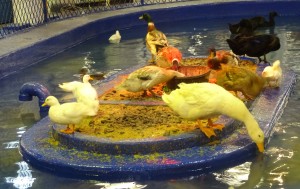 Most chickens, turkeys and pigeons are caged, but a small pond right in the center of the floor provides a lighthearted look a some aquatic fowl.
Most chickens, turkeys and pigeons are caged, but a small pond right in the center of the floor provides a lighthearted look a some aquatic fowl.
There’s also the quieter side, where the rabbits and cavies–also known as guinea pigs–sit huddled in their cages. The diminutive critters don’t seem to be having a great time, stuck in small cages in a strange environment, but people enjoy them anyway. The furry ones come in amazing variety of colors and shapes to fascinate visitors and delight the kids.
Sometimes they’re plucked from their confinement for a little maintenance or veterinary care, allowing those touring the barn to become spectators to the process. Stop by for a visit, but be careful about petting–they can bite.
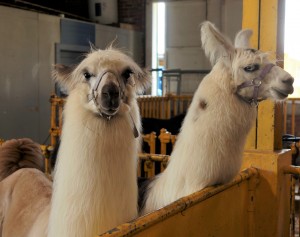 After the llamas’ depart the Fair on Saturday, the pens in the eastern half of the barn the currently share with goats will be utilized to accommodate pigs.
After the llamas’ depart the Fair on Saturday, the pens in the eastern half of the barn the currently share with goats will be utilized to accommodate pigs.
That’s a big change for visitors as the woolly, mountain-dwelling llamas are popular for their exotic appearance and haughty image. But the hogs are not to be outdone, especially considering the squeal appeal of litters of piglets that always draws a crowd.
The little guys are adorable, whether scurrying around the pens, playing, snoozing or nursing. There always seems to be a crowd watching with delight. They’re particularly popular with kids, who can peer between the bars to get an eye-level, close-up look at the cute, chubby babies. Pigs will be around for the rest of the Fair, starting Sunday.
It’s always been the unspoken paradox at the New York State Fair–families delight in touring livestock barns where they love to get close to cattle, goats, sheep, chickens and all of the other animals brought in every year by New York farmers. 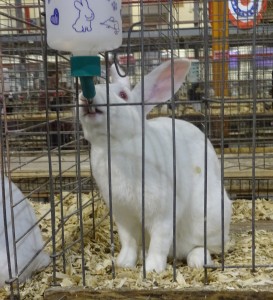 Everyone loves seeing all of the fascinating and often lovable critters.
Everyone loves seeing all of the fascinating and often lovable critters.
Minutes later, those same patrons belly up to the counter of a food stand to order up meals featuring meat from some of the same breeds of animals they just encountered alive in barn stalls. They probably don’t think about the process by which the animals go from cute and adorable to juicy and delicious.
But they should think about it because ultimately consumer demand determines how farm animals are raised and treated.
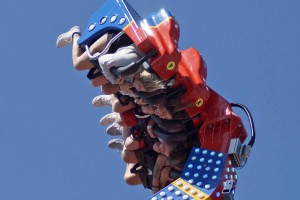 It’s dollar day on the midway with all rides except the Broadway SkyLiner priced at a buck.
It’s dollar day on the midway with all rides except the Broadway SkyLiner priced at a buck.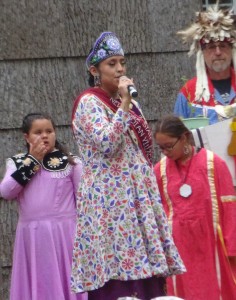 Don’t leave the Fair without seeing the fascinating dancing atop the Turtle Mound, daily at 11 a.m., 4 and 7 p.m.
Don’t leave the Fair without seeing the fascinating dancing atop the Turtle Mound, daily at 11 a.m., 4 and 7 p.m.